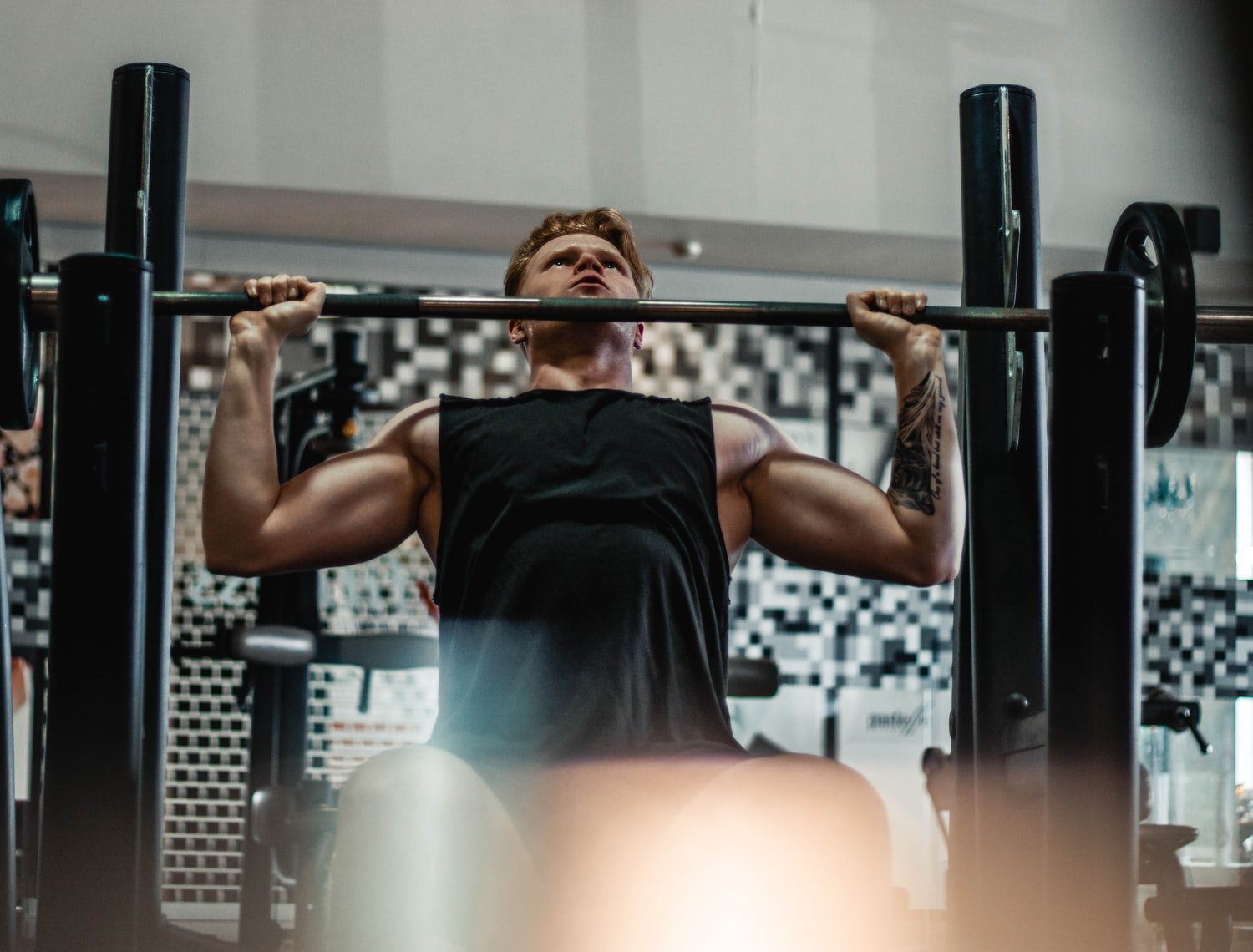Steps to increasing your muscle mass

Hello everyone, welcome to my blog. Today I will be sharing tips on how to get bigger muscles. Go through them all and make sure to apply them.
1. Maximize Muscle Building
The more protein your body stores—in a process called protein synthesis—the larger your muscles grow. But your body is constantly draining its protein reserves for other uses—making hormones, for instance.
The result is less protein available for muscle building. To counteract that, you need to “build and store new proteins faster than your body breaks down old proteins,” says Michael Houston, Ph.D., a professor of nutrition at Virginia Tech University.
Shoot for about 1 gram of protein per pound of body weight, which is roughly the maximum amount your body can use in a day, according to a landmark study in the Journal of Applied Physiology.
For example, a 160-pound man should consume around 160 grams of protein a day—the amount he’d get from an 8-ounce chicken breast, 1 cup of cottage cheese, a roast-beef sandwich, two eggs, a glass of milk, and 2 ounces of peanuts. Split the rest of your daily calories equally between carbohydrates and fats.
Eat more.
In addition to adequate protein, you need more calories. Use the following formula to calculate the number you need to take in daily to gain 1 pound a week. (Give yourself 2 weeks for results to show up on the bathroom scale. If you haven’t gained by then, increase your calories by 500 a day.)
A. Your weight in pounds: _____
B. Multiply A by 12 to get your basic calorie needs: _____
C. Multiply B by 1.6 to estimate your resting metabolic rate (calorie burn without factoring in exercise): _____
D. Strength training: Multiply the number of minutes you lift weights per week by 5: _____
E. Aerobic training: Multiply the number of minutes per week that you run, cycle, and play sports by 8: _____
F. Add D and E, and divide by 7: _____
G. Add C and F to get your daily calorie needs: _____
H. Add 500 to G: _____. This is your estimated daily calorie needs to gain 1 pound a week.
3. Work Big, Not Small
Yes, biceps curls are fun, but if you want to put on muscle, you have to do more to challenge your body. And one key to doing that, says Samuel, is working through so-called "multi-joint" movements. "Yes, isolation training has value," says Samuel, "but it can't be the backbone of your training."
Instead, you want to do exercises that challenge multiple joints and muscles at once. Take, for example, a dumbbell row. Every row rep challenges biceps, lats, and abs. Using multiple muscle groups allows you to lift more weight, says Samuel, a key stimulator of growth (more on that later). And it pushes you to use muscles together, just as you do in real life. "Multi-joint moves are key in your workouts," he says.
Make sure moves like squats, deadlifts, pullups, and bench presses are in your workout to take advantage of that. All will stimulate multiple muscle groups at the same time, and in order to grow, you want to do that.
4. Have a Drink First
A 2001 study at the University of Texas found that lifters who drank a shake containing amino acids and carbohydrates before working out increased their protein synthesis more than lifters who drank the same shake after exercising.
The shake contained 6 grams of essential amino acids—the muscle-building blocks of protein—and 35 grams of carbohydrates.
“Since exercise increases bloodflow to your working tissues, drinking a carbohydrate-protein mixture before your workout may lead to greater uptake of the amino acids in your muscles,” says Kevin Tipton, Ph.D., an exercise and nutrition researcher at the University of Texas in Galveston.
For your shake, you’ll need about 10 to 20 grams of protein—usually about one scoop of a whey-protein powder. Can’t stomach protein drinks? You can get the same nutrients from a sandwich made with 4 ounces of deli turkey and a slice of American cheese on whole wheat bread. But a drink is better.
5. Don't Always Go Hard
Your body should move every day, but that doesn't mean your workouts should take you to fatigue and exhaustion. "If you train your hardest every day, your body doesn't get a chance to grow," says Samuel. "Pick your spots to attack." Aim to finish every workout feeling good, not dead. Limit your weight room workouts to 12-16 total sets of work, and never go beyond that.
Maximize the time under tension
One sometimes-forgotten way to progressively overload your muscles is to leave them under more of something called "time under tension". When you're muscles are working, whether they're under a bench press bar, or whether your biceps is working to curl a dumbbell upwards, they're under "tension" from the weight. You can feel this too: If you stand holding dumbbells at your sides, your biceps aren't under tension. The moment you begin to curl them upwards, you'll feel them flex against the "tension" of the dumbbells. Experienced lifters often use this tension to their advantage. Instead of just lifting and lowering a weight (on say, that biceps curl), they lift with a specific tempo. They might curl up as fast as they can, for example, and then lower the weight for 3 focused seconds with good form on every rep.
Doing this leaves your muscles under tension for longer than a typical set, in which you might lift and lower the weight without any specific timing. And that extra time under tension during a set can help spark muscle growth.
Note that you can do this on almost any strength exercise. It doesn't work for explosive exercises, like kettlebell swings, snatches, and cleans. But squats, deadlifts, curls, pullups and pushups (and many other moves) can be tweaked to add more time-under-tension, pushing your muscles farther on every rep.
Lastly, Do not joke with your rest and sleep
Sleep is often the forgotten variable in the journey to muscle. You spend plenty of time training, but what you often don't realize is this: When you're asleep, your muscles are recovering and your body is growing. It's also during this period that muscle-growing hormones are secreted.
You know by now that, ideally, you want to get 8 to 10 hours of sleep. That, of course, doesn't always happen, but you want to do what you can to maximize the quality of the hours you do get, if you can't hit 8 hours.
So think about your sleep setup if you're serious about muscle. Try to go to bed at the same time every day and try to rise at the same time every day. And sleep in a fully dark, fully quiet cool room. All these little things optimize sleep quality and that can have an underrated effect on your ability to build muscle.

Thanks for reading this article I hope it has been helpful. Don't forget to hit the 👍 button. See you soon.

Thanks for writing this, I think I'm going to go back to my working out because I've been too lazy to continue